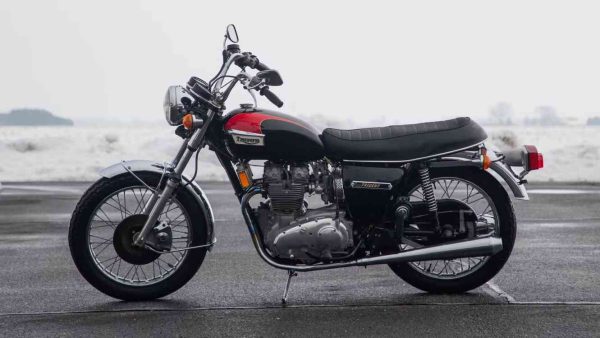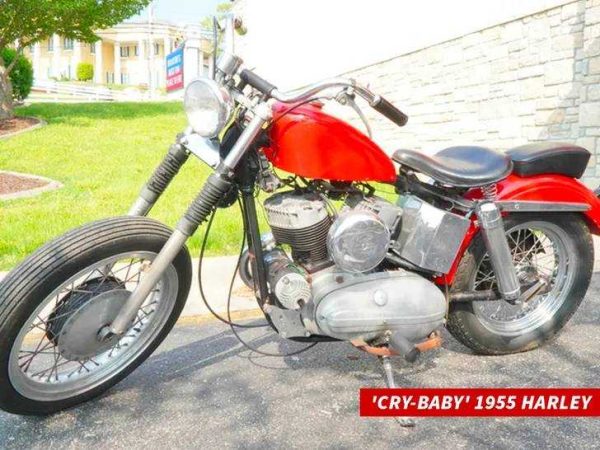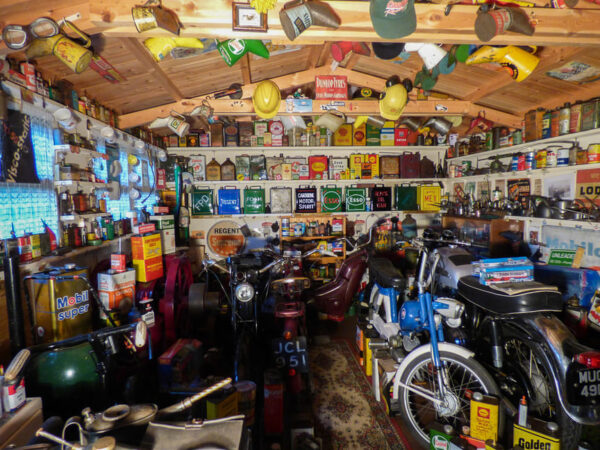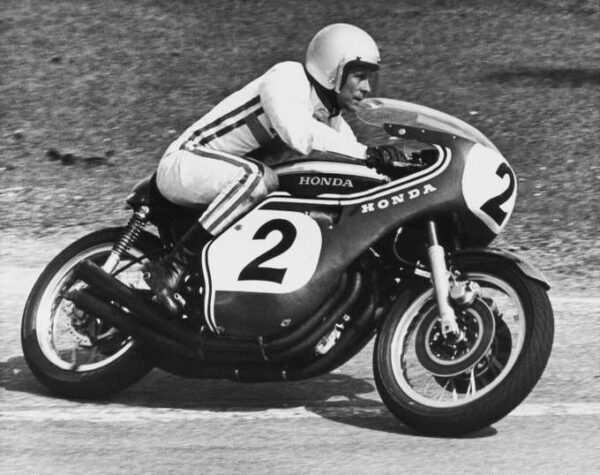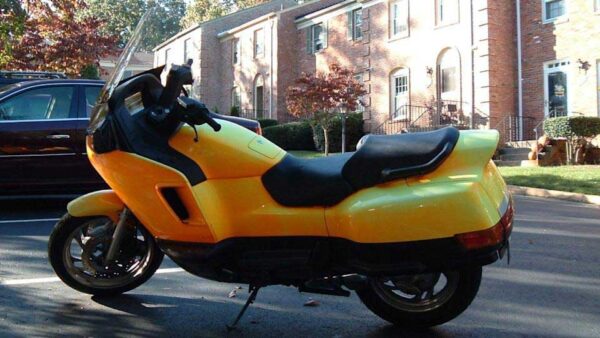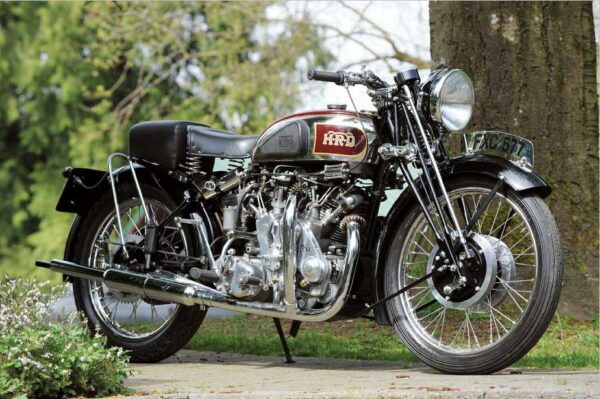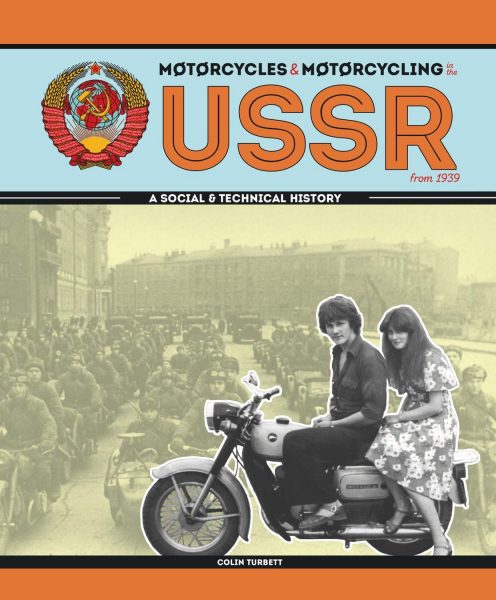by Steven Symes from https://autos.yahoo.com This is probably the weirdest motorcycle Honda has ever made, but is it collectible? Quirky, weird, and car-like, the Honda PC800 Pacific Coast emerged for 1989 to woo people out of their Accords and onto two wheels. Amazingly, the bizarre touring motorcycle was manufactured through the 1998 model year, but many people today seem to have forgotten about it. If we didn’t know better, it would almost be like people have collectively tried to forget about the Pacific Coast. However, we figured now is a good time to revisit this now-vintage motorcycle and examine if anything about it could be considered desirable for collectors. At the other end of the spectrum was the Honda Valkyrie Rune. The origins of the PC800 go back to 1985 when Honda R&D Americas, Inc. was established in the name of efficiency. That characteristic is, after all, one of the main attractive elements of Hondas, so it seemed to make sense. That meant the same people were developing cars, motorcycles, and other Honda products. We know, we know, the jokes practically write themselves but we’ll leave it at that. Perhaps the most bizarre products of this shift in strategy was the Honda PC800. Designed as a motorcycle for people who prefer cars, the design was friendlier and more approachable than what you would find with a Harley, Ducati, Suzuki, or even another Honda motorcycle. The press for the most part were wowed by the PC800. It was portrayed as innovative, forward-thinking, and further testified to the master genius of Honda. Most definitely it was a gamble made at a time when the US economy was strong and companies were more willing to stick their necks out to take a gamble. After all, Honda risked losing a lot of its credibility

